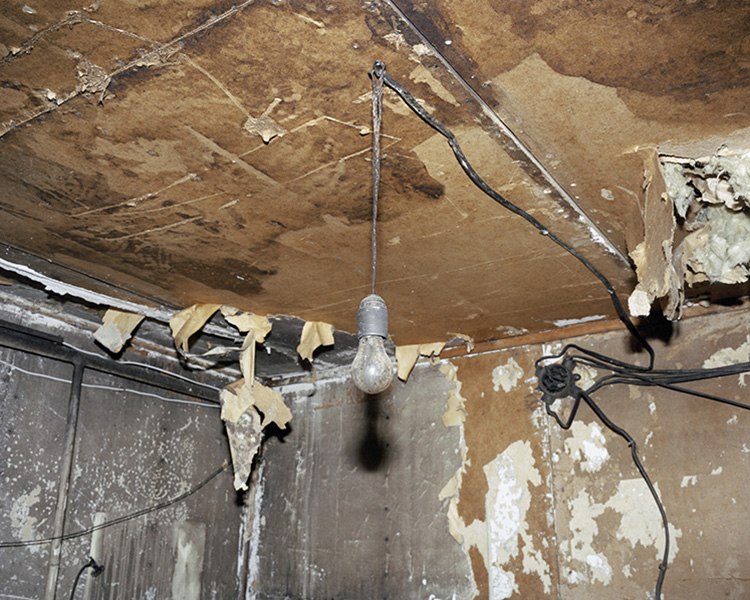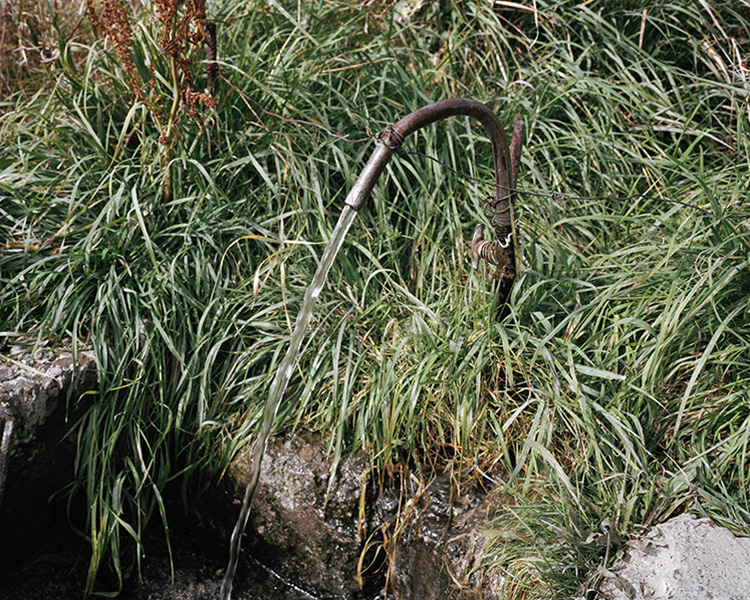



















The world started to crumble down on 7 December 1988 at 11.41 hours. 514 thousand people lost their homes, 33 thousand were wounded, 25 thousand died, 917 public buildings were destroyed. The earthquake which struck Armenia on that day affected 40% of the country’s territory. 342 villages, 21 cities, 170 factories. It all lasted for forty seven seconds. The magnitude of the earthquake was 7 degree on the Richter scale. Spitak was the most battered city – only one building survived, and one third of its population died under the debris.
The earthquake shook the Soviet empire to the foundations. Mikhail Gorbachev requested international aid, thus admitting openly that his country would not be able to handle the crisis which obliterated Spitak. Three years later, the USSR ceased to exist.
The city survived, but it has never been able to shake off the trauma. Partly rebuilt, in a makeshift way, it keeps struggling with the memory of ‘the good old days,’ when a dozen or so factories gave its residents work and set the rhythm of life. It is unable to handle what came later, either. The people who survived not only the earthquake, but also its aftermath, dug out their relatives, buried them, and now, every year, in early December, they visit their graves. Each and every stone bears a name of a relative. Painful memories are passed on from parents to children.
The independent Armenia has never been able to reinvigorate the country’s economy and rebuilt its city, and the people are unable to forget.
Spitak endures.